When you use your credit card to make a purchase in a foreign currency, the payment processor applies a currency exchange rate to convert the cost into Canadian dollars. On top of that, the bank charges a small percentage as a foreign transaction fee.
Using a US dollar card, World Elite Mastercard (in some cases), or no foreign transaction fee credit card can help you save money around the world.
Here, you'll find an overview of what currency exchange rates are, the fees involved, the best credit cards to help you avoid related fees and complications, and much more.
Key Takeaways
- American Express, Mastercard, and Visa use exchange rates to convert foreign credit card purchases into Canadian dollars.
- Banks usually charge a 2.5% foreign exchange fee on top of any converted transaction.
- The best no foreign exchange fee credit card is the Scotiabank Gold American Express Card.
- The best credit card for USD purchases is the Rogers Red World Elite Mastercard.
Never miss an amazing deal again + get our bonus 250+ page eBook for FREE. Join 50,000 other Canadians who receive our weekly newsletter – learn more.
What are credit card currency conversion rates?
Whenever you make a transaction in a foreign currency – whether it’s a cash advance, purchase, or return – your credit card issuer has to figure out how much to charge you in Canadian dollars (CAD).
The most important factor in these calculations is the currency exchange rate (or currency conversion rate), which shows how many Canadian Dollars equal one unit of foreign currency.
1 foreign currency unit ÷ value of 1 Canadian dollar = currency exchange rate
Every financial institution calculates a different exchange rate for every foreign currency every day. For example, the Bank of Canada’s US dollar (USD) exchange rate on May 13, 2025, was 1.396, meaning every $1 USD was worth $1.396 CAD. By contrast, the Mexican peso’s exchange rate was 0.071, meaning every $1 MXN was worth just under 8 Canadian cents.
Cost in foreign currency x currency exchange rate = cost in Canadian dollars
In a perfect world where you’re charged the exact Bank of Canada exchange rate, if you had bought a $10 USD sandwich in the Chicago O’Hare Airport on that day, your credit card would have been charged $13.93 CAD. But if you’d bought a single bus fare in Mexico City for $10 MXN, you’d be charged $0.72 CAD.
As the Bank of Canada explains, the value of our dollar rises and falls based on international demand for Canadian products, our inflation rate, and the strength of Canada’s economy. For example, the US exchange rate was 1.422 in 2025 and 1.279 in 2015 (the less said about that, the better).
You lose money when exchange rates are high and save money when they’re low. In other words, save your shopping sprees for countries with low exchange rates or days when the Canadian dollar is strong!
Credit card currency rates vs. foreign transaction fees
Every foreign transaction on your credit card statement is actually made up of 2 parts:
- The cost of your purchase in CAD using the appropriate exchange rate
- The foreign transaction fee charged by your credit card
Foreign transaction fees (also known as foreign exchange fees) are applied to your transaction total after it’s been converted to CAD using the exchange rate. The typical transaction fee is 2.5% but you should always check your credit card’s terms and conditions to make sure.
Cost in foreign currency x currency exchange rate + foreign transaction fee = total cost in CAD
After applying a 2.5% foreign transaction fee, the total cost of your sandwich would be $14.28 CAD and your bus fare $0.74 CAD. Obviously, these are modest costs, but transaction fees can really add up if you often use your credit card while travelling internationally.
Payment networks sometimes charge a currency conversion fee (or "currency exchange rate fee" or “foreign exchange rate fee”) on top of transaction fees. Conversion fees are usually no bigger than 1%, if they appear at all. As always, check your credit cardholder agreement for accurate numbers.
How much do credit cards charge for foreign transactions?
Unless otherwise stated, most credit cards use the foreign exchange rate decided by the payment network (i.e., American Express, Mastercard, or Visa). Credit card issuers – like your bank, credit union, or favourite store – set and apply any foreign transaction fees.
Although Amex, Mastercard, and Visa change their exchange rates every day, they generally resemble those set by the Bank of Canada.
Let’s time travel back to June 30, 2023 and see how much you’d pay for that $10 USD sandwich if you used 2 of the top credit cards in Canada. We’ll use the exchange rate for that date: 1.3686.
| MBNA Rewards World Elite Mastercard | RBC Avion Visa Infinite | |
|---|---|---|
| Exchange rate | 1.328659 | 1.328899 |
| Foreign transaction fee | 2.5% | 2.5% |
| Total cost | $13.62 CAD | $13.62 CAD |
As you can see, there’s less than a 0.5 % difference between the BOC’s exchange rate and those of Mastercard and Visa. Unless you make a large foreign transaction (or repeated smaller ones), you probably won’t notice the difference.
What is American Express’s exchange rate?
American Express uses the foreign exchange rates calculated by AE Exposure Management Limited (AEEML), a subdivision of the company. Unfortunately, AEEML doesn’t publish an online calculator or guide, so we can’t see how it compares to the Bank of Canada.
For what it’s worth, according to American Express, the percentage difference between the exchange rate used by UK Amex cards and the one published by the European Central Bank averages 2.69%.
But it’s important to note that American Express first converts any foreign currency to USD – and then to CAD for your Canadian credit card statement.
What is Mastercard’s exchange rate?
If you need to preview the cost of a foreign purchase using a Mastercard credit card, use the Mastercard Currency Converter Calculator. At the time of writing, the exchange rates of the BOC and Mastercard were as follows:
| Institution | Transaction | Exchange rate | Transaction fee | Total |
|---|---|---|---|---|
| Bank of Canada | $1,000 USD | 1.396 | N/A | $1,396.90 CAD |
| Mastercard | $1,000 USD | 1.401 | 2.5% | $1,436.95 CAD |
Meaning, per $1,000 USD spent, you would have paid $40.05 CAD to put it on a Mastercard credit card on May 13, 2025.
What is Visa’s exchange rate?
Not to be outdone, Visa also offers an online Exchange Rate Calculator. Plug in the same numbers as above and you get:
| Institution | Transaction | Exchange rate | Transaction fee | Total |
|---|---|---|---|---|
| Bank of Canada | $1,000 USD | 1.396 | N/A | $1,396.90 CAD |
| Visa | $1,000 USD | 1.401 | 2.5% | $1,436.84 CAD |
Per $1,000 USD, the cost of using a Visa credit card is $39.94 CAD – on May 13, 2025, that is. Visa's rate is slightly higher than Mastercard’s rate.
Should you use dynamic currency conversion?
When you swipe your credit card, you may be offered the option to pay in the local currency or CAD. Paying in your preferred currency is known as dynamic currency conversion, and you should avoid it at all costs.
Sure, it’s handy to see how much you’re paying in CAD, but you’re at the mercy of merchant fees and poor exchange rates, and you may still be hit with a foreign transaction fee.
Instead, you’ll get better rates by having your bank or card issuer convert the charge at the best foreign conversion rate.
How to avoid foreign transaction fees
If you often travel for business or pleasure, transaction fees and minute differences between exchange rates can quickly add up. As we’ve shown, every $1,000 USD spent adds up to $40 CAD in foreign transaction fees – not to mention the money you lose when you convert a strong dollar to our poor loonie.
There are 3 ways to avoid paying transaction fees:
- Use a no foreign transaction fee credit card
- Use a US dollar credit card
- Use a World Elite Mastercard – though this is limited and doesn’t apply everywhere
You’ll find a guide to all 3 options below, from the easiest solution to the hardest.
The best no foreign transaction fee credit cards in Canada
The best way to save on foreign transaction fees is to eliminate them altogether. No foreign transaction fee credit cards do what they say on the tin: saving you money with every local specialty or souvenir you buy.
We’ve confirmed the following credit cards are FX-fee-free:
| Credit card | Exchange rate provider | Foreign transaction fee | Annual fee | Apply |
|---|---|---|---|---|
| Scotiabank Gold American Express Card | American Express | 0.00% | $120 | Apply now |
| Scotiabank Passport Visa Infinite Card | Visa | 0.00% | $150 | Apply now |
| Home Trust Preferred Visa | Visa | 0.00% | $0 | Apply now |
Best no foreign transaction fee credit card

The Scotiabank Gold American Express Card earns flexible travel rewards and saves money with a 0% foreign transaction fee. On top of a generous welcome bonus, you can earn Scene+ points at the following rates:
- 6 Scene+ points per $1 spent at Sobeys, Safeway, FreshCo and more
- 5 Scene+ points per $1 spent on groceries, dining, and entertainment
- 3 Scene+ points per $1 spent on gas, select streaming services, and transit
- 1 Scene+ point per $1 spent on foreign currency purchases
- 1 Scene+ point per $1 spent on all other purchases
With 12 types of travel insurance and purchase protection, it’s a solid choice of travel credit card – just make sure to watch out for the $5 – $7.50 CAD foreign ATM fee.
If you’d prefer a no FX fee card with better perks and benefits (like airport lounge access), check out the Scotiabank American Express Platinum Card.
Best premium no foreign transaction fee credit card
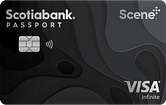
With no foreign exchange fees, 11 types of insurance coverage, and 6 Visa Airport Companion lounge passes per year, the Scotiabank Passport Visa Infinite Card is the perfect card for a globe-trotting shopaholic.
Your rewards include:
- 3 Scene+ points per $1 spent at Sobeys, Safeway, FreshCo and more
- 2 Scene+ points per $1 spent on groceries, restaurants, entertainment, and daily transit
- 1 Scene+ point per $1 on all other purchases
While your perks include culinary event invitations, luxury hotel upgrades, and complimentary concierge services, courtesy of the Visa Infinite program.
Best no fee, no foreign transaction fee credit card
If you’d prefer a simple no fee credit card, the Home Trust Preferred Visa makes it cost-effective to shop around the world – online, of course.
If you do travel, beware the $5.50 – $15 CAD fee for ATMs outside of Canada and the US. Otherwise, enjoy 1% cash back on all purchases without worrying about spending caps or categories.
The best US dollar credit cards in Canada
If you frequently travel or shop south of the border, it may be time to consider a U.S. dollar credit card. You can skip the foreign transaction fees by avoiding currency exchanges altogether – instead, you can both shop and pay off your card entirely in US dollars.
Don’t forget, banks apply exchange rates to bill payments and money transfers, too. To apply for and fully use a US dollar credit card, you need a USD bank account.
The top choices in Canada are:
| Credit card | Annual fee | Welcome bonus | Apply |
|---|---|---|---|
| Meridian Visa US Dollar Card | $65 USD | None | Apply now |
| BMO U.S. Dollar Mastercard | $49 USD | None | Apply now |
Best US dollar rewards credit card
The Meridian Visa US Dollar Card includes 8 types of travel insurance and 1 point per $1 spent on all purchases. It’s not the best rewards credit card, but given a yearly spending budget of $2,000+ USD, it can pay for itself.
If you prefer to collect RBC Avion Rewards, you’ve got a near-identical alternative in the RBC US Dollar Visa Gold.
Best low fee US dollar credit card
The BMO U.S. Dollar Mastercard is a low-risk, no-rewards credit card. For only $49 USD per year, you can make all your purchases in US dollars and save on transaction fees – and if you spend just $1,000 USD per year, it’s free!
The best World Elite Mastercards in Canada
Our last money-saving hack for international shoppers is a premium World Elite Mastercard credit card. WE Mastercards have one special perk: Mastercard Travel Rewards, which grant cash back on purchases at certain international retailers.
The list of partners includes Bloomingdale’s, Hertz, Macy’s, and Saks Fifth Ave. Play your (credit) cards right and you could break even on foreign transaction fees – the Rogers Red World Elite Mastercard even provides a bonus 3% unlimited cash back on all USD purchases!
Here are the top 3 World Elite Mastercards in Canada.:
| Credit card | Annual fee | Foreign exchange fee | Learn more |
|---|---|---|---|
| Rogers Red World Elite Mastercard | $0 | 2.5% | Learn more |
| MBNA Rewards World Elite Mastercard | $120 | 2.5% | Learn more |
| BMO CashBack World Elite Mastercard | $120 | 2.5% | Learn more |
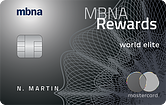
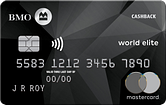
FAQ
What is the exchange rate for credit cards?
American Express, Mastercard, and Visa calculate credit card exchange rates every day, adding a small premium to the rates set by the Bank of Canada. The difference between these and the BOC's rates can be as little as 0.5%.
Is it better to pay foreign currency on a credit card?
It’s better to avoid paying in a foreign currency while using a credit card. You could be charged a double foreign exchange fee for switching currencies twice, or incur a fee from the store for using a foreign currency.
How do I avoid credit card exchange rates?
If you shop in a foreign currency, exchange rates are unavoidable, but you can avoid the foreign transaction fee by using a no-FX-fee credit card or a cash back card with enough rewards to cancel it out.
Does Visa or Mastercard have better exchange rates?
Visa, Mastercard, and American Express all change their exchange rates daily. Our research indicates that Mastercard may offer better exchange rates, but the difference between the two is likely to be a few dollars at most.
Which credit card is best for foreign transactions?
The Scotiabank Gold American Express Card doesn't charge foreign transaction fees at all. If you’re shopping in the US, you can get 3% cash back with the Rogers Red World Elite Mastercard, which may offset FX fees.
creditcardGenius is the only tool that compares 126+ features of 231 Canadian credit cards using math-based ratings and rankings that respond to your needs, instantly. Take our quiz and see which of Canada's 231 cards is for you.



 ×1 Award winner
×1 Award winner  $100 GeniusCash + Up to 50,000 bonus points + No foreign exchange fees.*
$100 GeniusCash + Up to 50,000 bonus points + No foreign exchange fees.*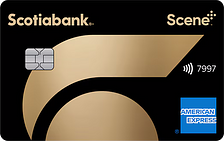
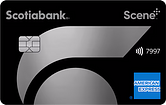


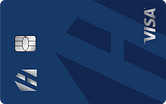


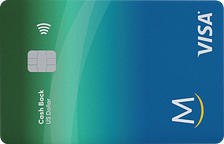
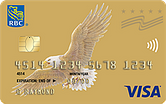

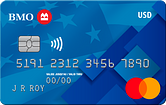





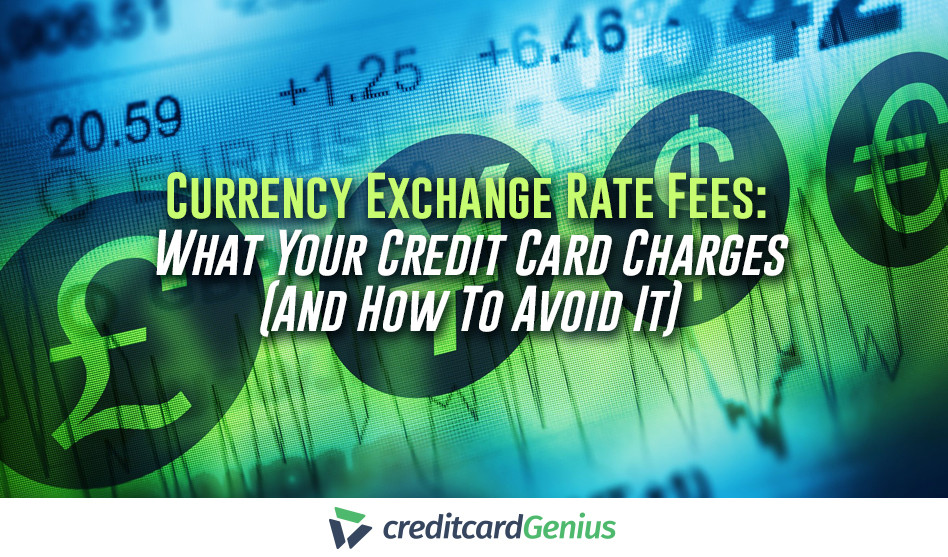

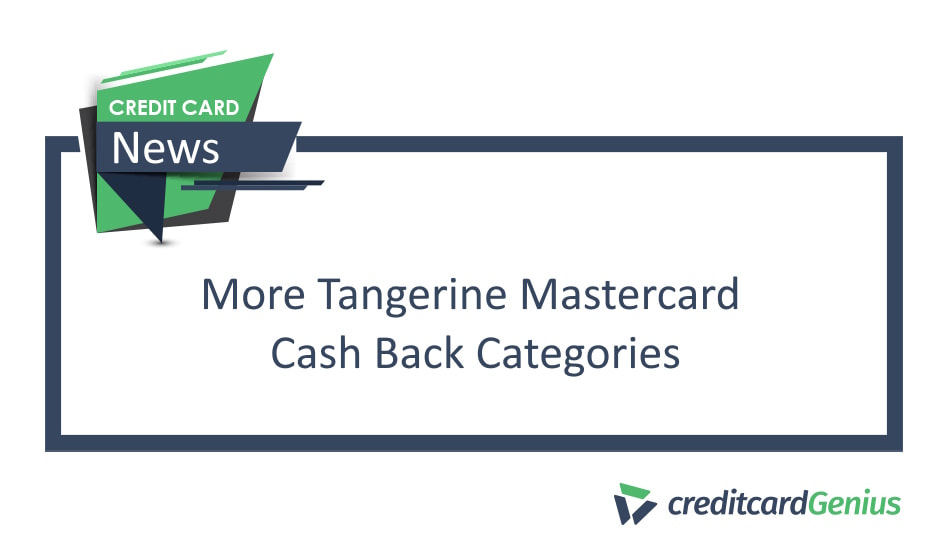



 GC:
GC: 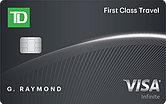


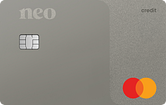
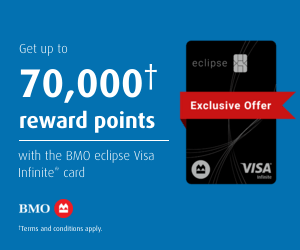
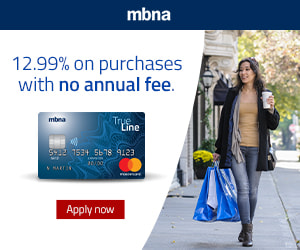
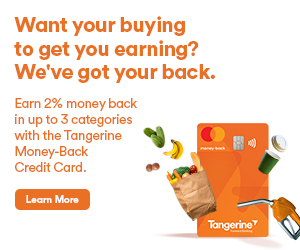

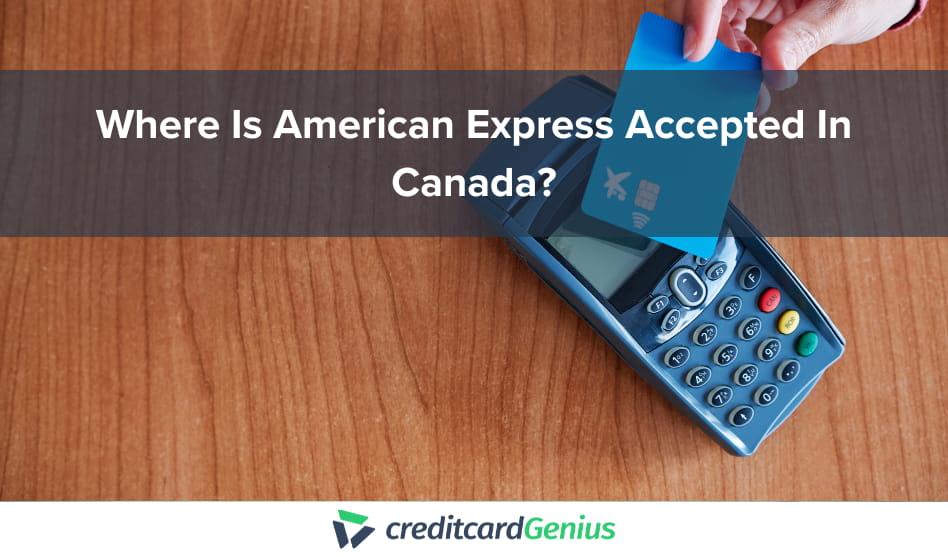


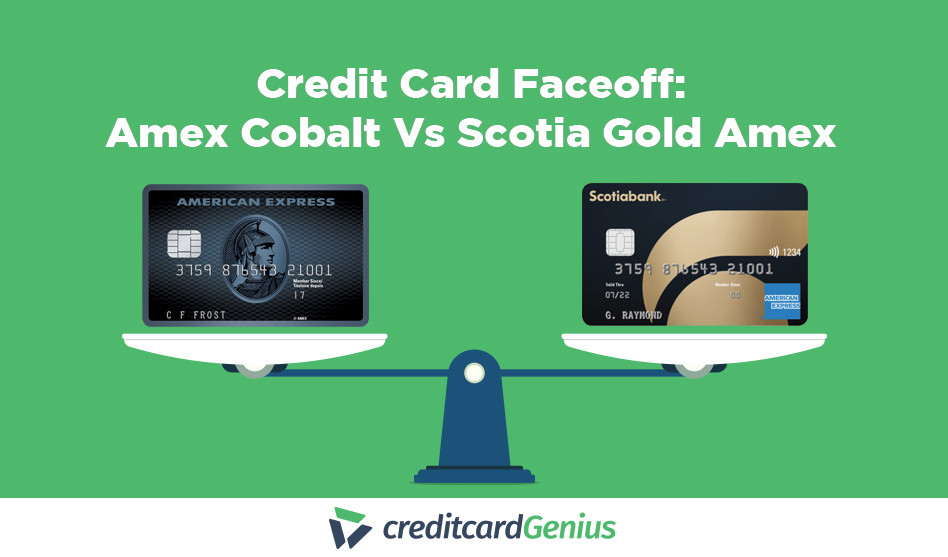

.png)





















Comments
Leave a comment
Required fields are marked with *. Your email address will not be published.
Showing 8 comments